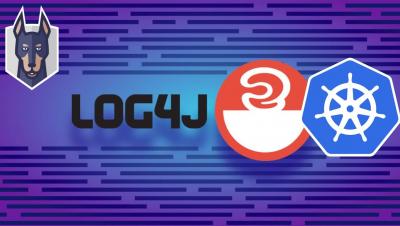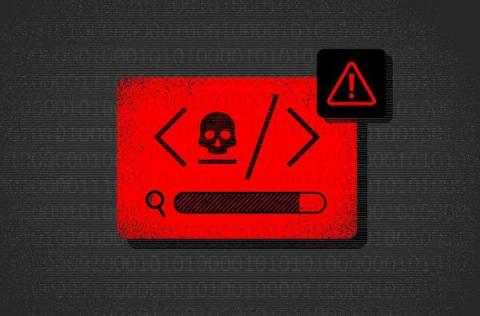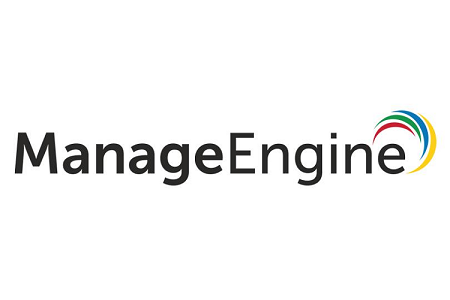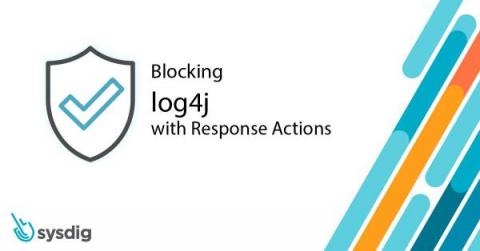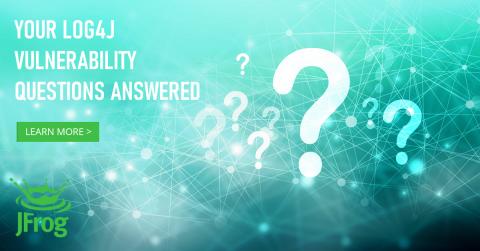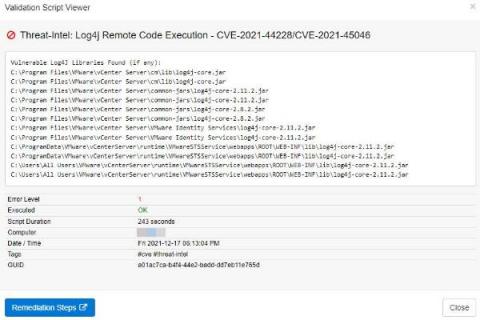Security | Threat Detection | Cyberattacks | DevSecOps | Compliance
Java
Baselining and Hunting Log4Shell with the CrowdStrike Falcon Platform
Note: This post first appeared in r/CrowdStrike. First and foremost: if you’re reading this post, I hope you’re doing well and have been able to achieve some semblance of balance between life and work. It has been, I think we can all agree, a wild December in cybersecurity (again). At this time, it’s very likely that you and your team are in the throes of hunting, assessing and patching implementations of Log4j2 in your environment.
CrowdStrike Launches Free Targeted Log4j Search Tool
The recently discovered Log4j vulnerability has serious potential to expose organizations across the globe to a new wave of cybersecurity risks as threat actors look to exploit this latest vulnerability to execute their malicious payloads using remote code execution (RCE). An immediate challenge that every organization faces is simply trying to understand exactly where you have applications that are using this very popular Java library — but you are not facing this challenge alone.
A Review of Log4Shell Detection Methods
Ever since the public exploit of the Log4Shell remote code execution (RCE) vulnerability became known on December 10, 2021, security teams have been scrambling to understand the risk to their environments. Part of that scramble has been to ascertain which tools are best positioned to help detect the vulnerability. Which approaches are most effective and where do they fall short?
New Log4j flaw: 5 reasons why organizations should worry now
The world of cybersecurity has been constantly challenged since the pandemic started. With the dust still settling, a new concern has taken the entire cyber landscape by storm. A flaw in Log4j, a widely used Java-based logging library, allows hackers unbridled access to computer systems. The vulnerability (CVE-2021-44228) affects everything from the cloud to security devices. Attackers have come up with worms that can spread independently from one vulnerable system to another.
Blocking log4j with Response Actions - Sysdig Secure
The situation involving the log4j ( log4shell ) vulnerability has been rapidly evolving since its release a little over a week ago. A new exploit, CVE-2021-45046, was found which was not covered by the initial 2.15.0 patch. Not long after the 2.16.0 patch was released, another issue was found, CVE-2021-45105, which resulted in the release of 2.17.0. There is clearly a lot going on in the log4j library.
Log4j Incident Update - Dramatic Turn of Events
CrowdStrike Services Launches Log4j Quick Reference Guide (QRG)
The Log4j vulnerability burst onto the scene just a few weeks ago, but to many defenders it already feels like a lifetime. It has rapidly become one of the top concerns for security teams in 2021, and seems set to remain so for the foreseeable future. The critical details of this threat evolve almost daily, making it a formidable challenge for defenders to keep tabs on the threat and their organizations’ exposure.
Log4j Log4Shell Vulnerability Q&A
In our recent webinar, Log4j Log4Shell Vulnerability Explained: All You Need To Know, our Senior Director Security Research expert Shachar Menashe shared information on the security issue and how to detect and remediate it. We are happy to share additional information in the following Q&A, based on the questions raised during the webinar.
Discovering vulnerable Log4J libraries on your network with EventSentry
Just when the Microsoft Exchange exploit CVE-2021-26855 thought it would win the “Exploit of the year” award, it got unseated by the – still evolving – Log4J exploit just weeks before the end of the year! Had somebody asked Sysadmins in November what Log4J was then I suspect that the majority would have had no idea. It seems that the biggest challenge the Log4J exploit poses for Sysadmins is simply the fact that nobody knows all the places where Log4J is being used.


